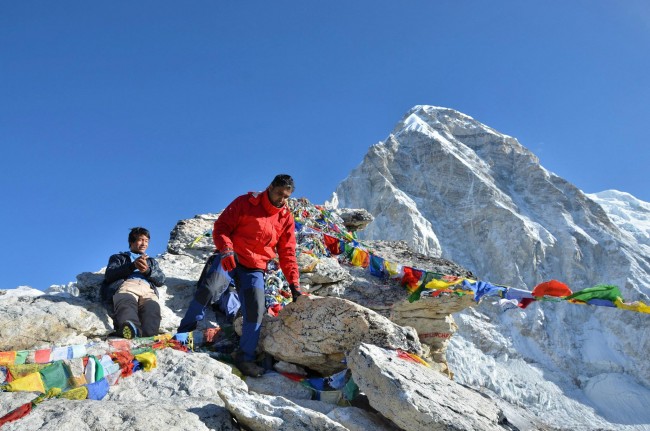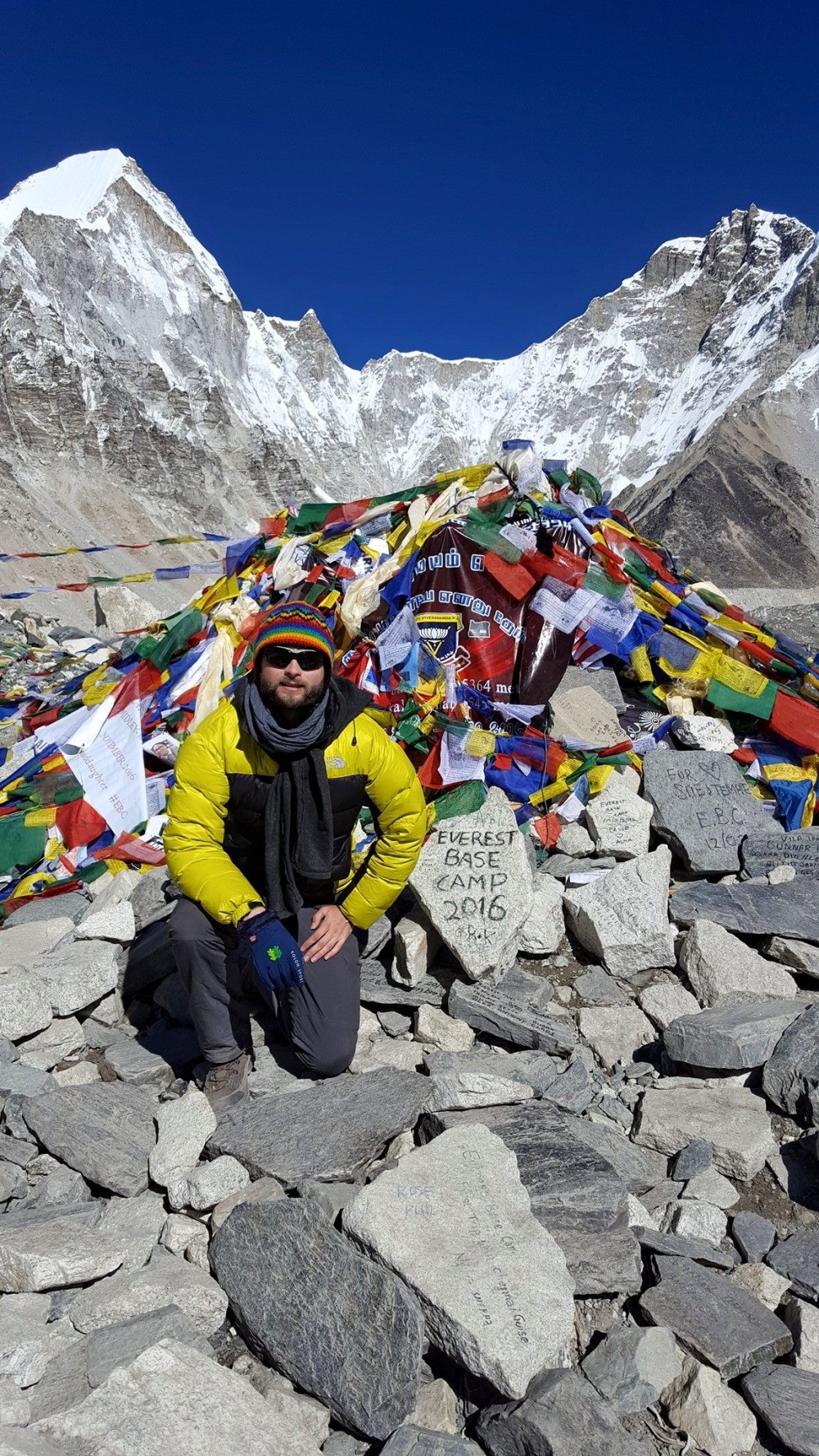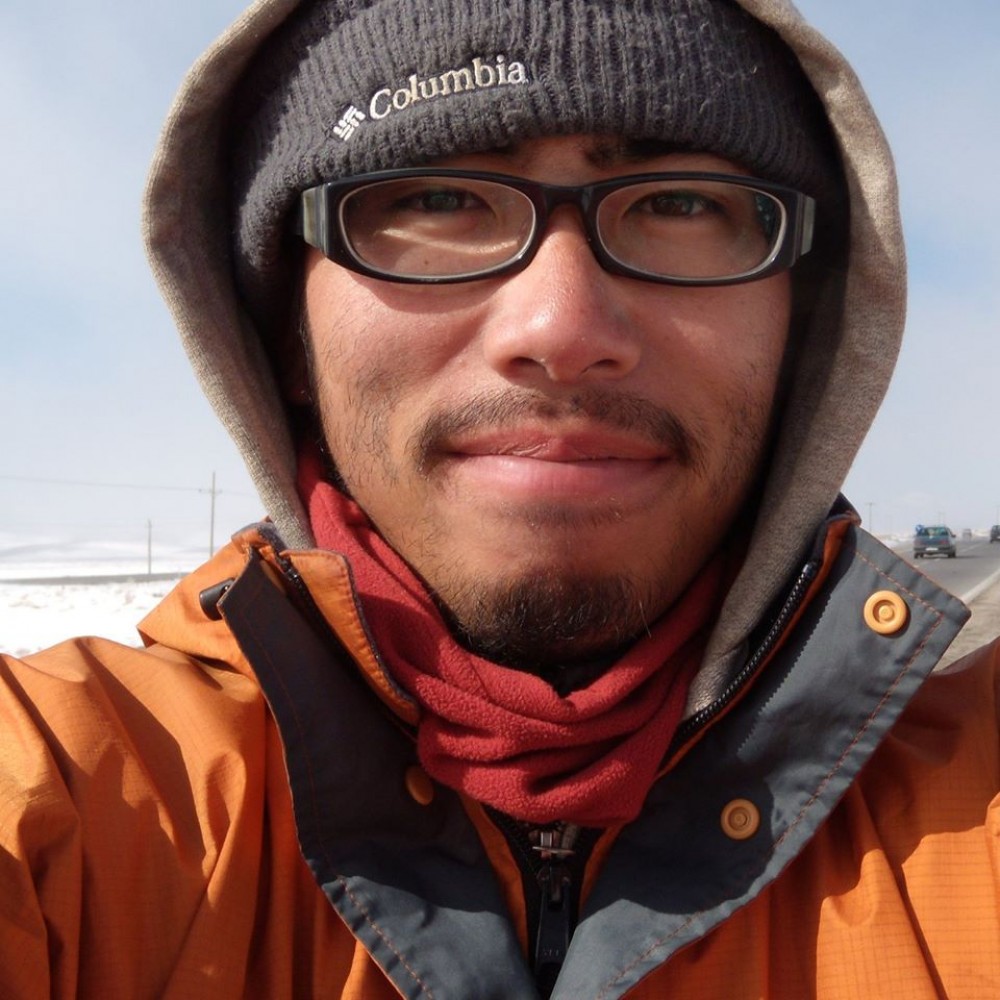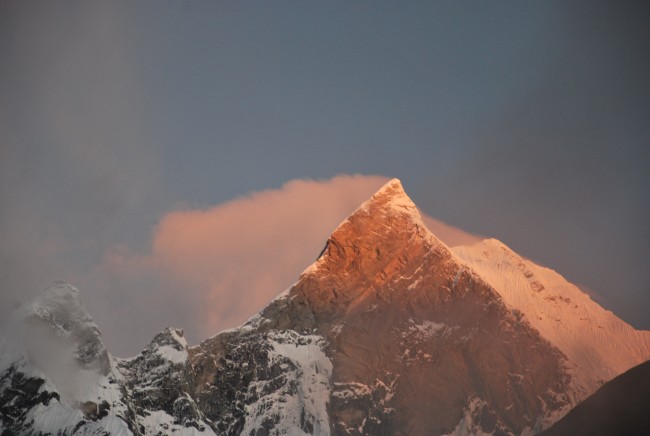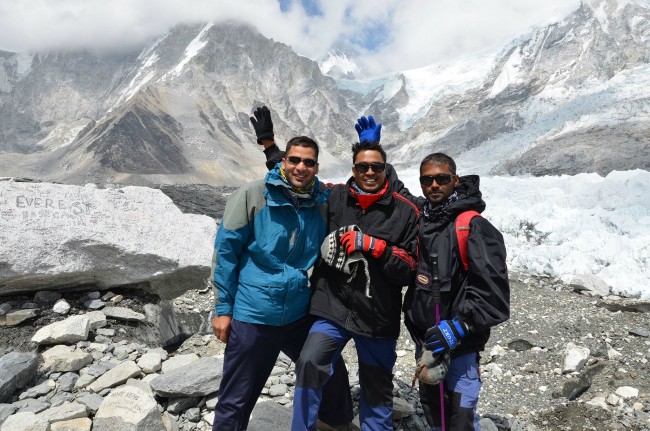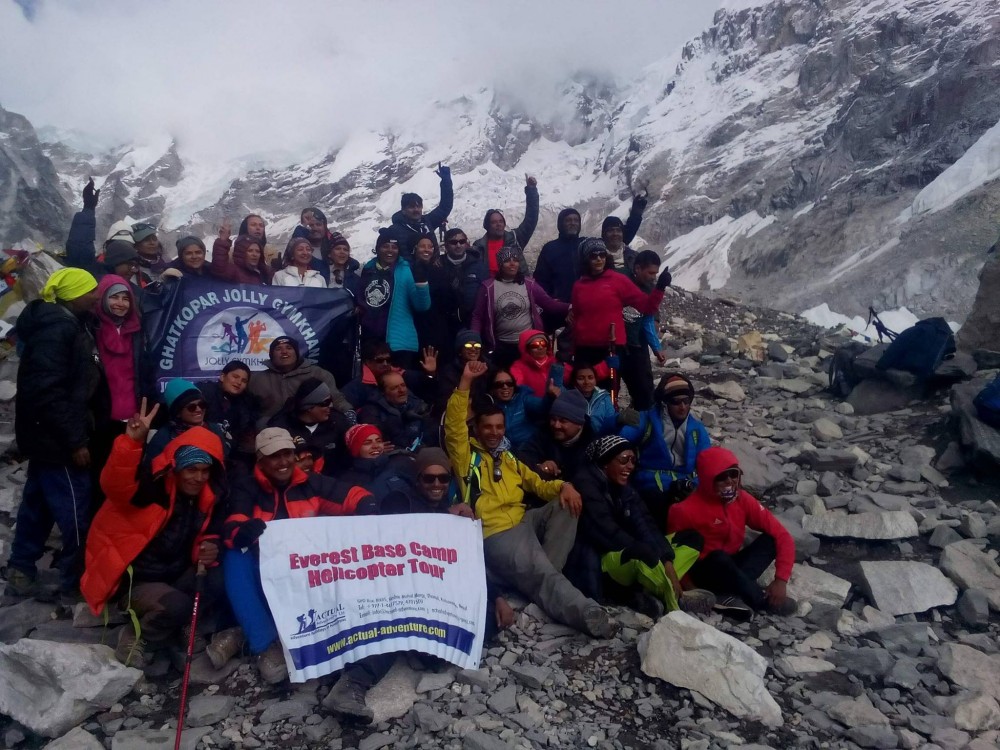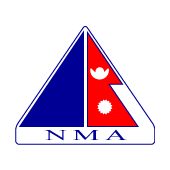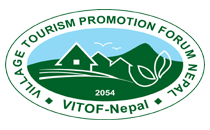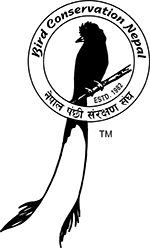Overview of Everest High Pass Trek
Everest High pass trek is one of the most challenging, thrilling and appreciated trekking trail in the Everest region of Nepal. Everest High Pass trek is designed to satisfy all those adventure junkies who are keen on crossing high pass which are not associated to any technical climbing. the trek includes crossing of Knogma La pass(5535m), Cho La pass(5420m) and Renjo La pass(5446m) which is further linked with the five major valleys in the Everest region. Everest High Pass trek is combined with ascents of Kala Patthar(5545m) and Gokyo Peak(5350m) giving the ultimate adrenaline rushing Everest experience in the Khumbu region. Magical view of Everest along with many other peaks welcomes you in every nooks and corners of the trail. The climb to Chukking Ri(5546m), Kala Patthar(5545m), Everest Base Camp(5364m) and Gokyo Peak(5350m) are the part of Everest high pass trek and serve as the fabulous view point.
Everest High Pass Trek starts with a scenic Himalayan airstrip from Kathmandu to Lukla. From Lukla we will follow the classic Everest trail which lead us to Namche Bazaar, Tengboche, Dingboche and ultimately to Kongma La pass which is surrounded by the surreal of Ama Dablam, Makalu, Lhotse and Nuptse. From Kongma La pass we will walk down to Khumbu glacier and then climb to Kala Patthar to witness the magical, miraculous and awe inspiring view of Everest along with other Himalayan grandeur. From here we traverse to the glaciated Cho La pass to Gokyo where we climb Gokyo Ri to enjoy the excellent Himalayan vista of Everest and Cho Oyu in the Tibetan border. Continuing further we descend to west across the Renjo La pass with Everest in the backdrop. After that we will enter the Bhote Koshi valley where we will be walking along the alpine meadows to Thame. From Thame we will trek to Namche and then to Lukla where we will catch our flight back to Kathmandu.
Trekking Highlights:
Three High Mountain Passes: This trek takes you across three high mountain passes - Kongma La, Cho La, and Renjo La, each offering stunning panoramas of the Everest region.
Remote and Untouched Landscapes: Explore remote, pristine landscapes, and get a glimpse of traditional Sherpa villages, monasteries, and the local way of life.
Iconic Everest Base Camp: Visit the iconic Everest Base Camp, the starting point for many successful Everest expeditions, and feel the presence of legends who conquered the world's highest peak.
Photography Paradise: Capture jaw-dropping views of towering peaks, hanging glaciers, and the turquoise Gokyo Lakes that will leave your friends and family in awe.
Challenging Adventure: Test your trekking skills with challenging terrain, high-altitude hiking, and thrilling descents that will push you to your limits.
Experienced Guide and Porter: Our seasoned guides and porters are your dependable companions throughout the journey, ensuring your safety, comfort, and a seamless experience.
This unforgettable trek is not just about conquering the Everest region; it's about embracing the spirit of adventure, making new friends, and connecting with the Himalayas in a profound way.
Don't miss out on this extraordinary opportunity to explore the world's highest mountain range. Make your dreams a reality and create stories that will last a lifetime.
FLYING TO LUKLA – WHAT YOU NEED TO KNOW
Flying to Lukla.
The most adventures journey of the world has an adventurous gateway. Almost all of the treks in Everest Region begin with an exciting flight from Kathmandu to Tenzing-Hillary airport Lukla. The flight is short, scenic, exciting and adventurous. On the other hand this short flight takes your breath out, flying out from the TIA it directly lands on a small airstrip over an isolated mountain valley tucked in between the mountains of Khumbu region also known as world’s most dangerous airport in just 40 minutes approx.
Since, there is no road transportation; the Flight to Lukla is the sole vehicle approach to Everest Region. The market here can be possible only by Flight or several days of walking. Thus, Lukla Airport is a hub for all the local people and trekkers in the Everest Region.
Tenzing-Hillary Airport Lukla
Tenzing-Hillary Airport Lukla or Lukla Airport stands at an altitude of 2845m above the sea level. The Route to Lukla airport from Kathmandu is short but it is often it is interrupted by unpredictable weather conditions which causes delay and flight cancellation. The flight to Lukla offers you with most amazing view of the mountains and picturesque landscapes of Everest Region passing over interconnected mountain ranges of Nepal.
History of Tenzing-Hillary Airport Lukla
The Tenzing Hillary Airport was called Lukla Airport until 2008. The airport was meant to be built in the flat farmlands but the villagers refused to give their lands and thus, the airport was built at its current position in 1964 under the supervision of Edmund Hillary. Hillary bought the land from local Sherpa’s for US$2,650 and involved them in building the facilities. Because Hillary was unhappy with the runway's soil resistance, and he made a solution was to buy local liquor for the Sherpa’s and asked them to perform a foot-stomping dance to flatten the land that served as the runway. The runway was not paved until 2001. The airport was renamed as Tenzing-Hillary Airport in January 2008 in the honor of Sherpa Tenzing Norgay and Sir Edmund Hillary to mark their efforts in the construction of airport and celebrate their victory of being the first people to successfully climb Mt.Everest.
Is the flight to Lukla Safe?
Having had a reputation of being the most dangerous airport in this could be injustice to say the flight to Lukla is completely safe. The Lukla airport is said the world’s most dangerous airport because of its difficult topography and small airstrips. However, it is one of the busiest domestic airports of Nepal and flying there is pretty safe. The aviation officials and airlines of Nepal have become stricter on the acceptable flight conditions and regulations for aircraft making the journey to Lukla. The airlines and officials have been more concise regarding passenger safety and safely landing of the aircrafts.
During peak tourist seasons about 20 or 30 aircraft land in Lukla every day and almost all of the trekkers who visit the Everest Region annually fly into Lukla. Due to the difficulties of successfully landing at the airport, the Civil Aviation Authority of Nepal sets high standards, for which only experienced pilots, who completed at least 100 short-takeoff-and-landing (STOL) missions, have over one year of STOL experience in Nepal and completed ten missions into Lukla with a certified instructor pilot, are allowed to land at the airport.
Actual Adventure Pvt.Ltd has been organizing Everest Trekking since its starting. Each year several trekking groups trek to Everest Region from our company and we highly focus on giving either first or second flight to our guests. The first or second flight to Lukla is more stable, safer and has better visibility. For this, we request our customer to send their deposits and information as early as possible.
Planning for Delays at Lukla
Lukla Airport is situated on a wonderful valley surrounded by high mountains. Landing and taking off from Lukla is considered to be difficult and technical. Therefore, Lukla is considered as the most dangerous airstrips in the world.
We request our customers to schedule some extra days at the end of the trip; this gives you flexibility with your trekking itinerary in case of any weather delays. It will be better if you have at least three extra days other than your trek schedule.
Twin Otter and Dornier planes are the primary mode of transport to and from the airstrip at Lukla. This service is fairly dependable. However, if flight to and from Lukla are cancelled in case of bad weather conditions in Everest region, we can help you charter a helicopter upon your request to ensure you are on schedule for your trip and international flight connections. The helicopter charge is to be paid by the passengers themselves and can be reimbursed from their travel insurance later. The helicopter charges USD 2,500 to USD 3,000 per helicopter. The helicopter can carry up to 4 to 6 passengers at a time and the cost can be shared among the passengers. The company can help by providing necessary documents required to claim the amount from insurance company.
The payment for helicopter must be paid at time of service by participant. US dollars cash or credit cards (Visa Cards, Master Cards, and American Express) are accepted for helicopter transport. Any card payment requires a 4% bank fee, which goes directly to the bank.
The helicopter can fly if the visibility is 1500m or greater, while the twin otter and Dornier planes can fly if the visibility is 5000m or greater, as per Nepal’s Civil Aviation rules. If the weather is extreme and the visibility is lesser than 1,500m helicopters cannot be operated. In such case we will reschedule your flight for next day depending on the availability. If this situation keeps on getting repeated for many days then we will provide you with the alternative trek options.
What About Luggage Delays at Lukla?
Luggage Delays in Lukla are very rare .However it is not impossible and your luggage can be shifted to another flight or delayed by the airline. We suggest you to keep all your valuables and important things that you might need on an urgent basis like medicines or any other things to keep in your hand carry. Although, luggage misplaced or delays by the airlines are out of our control we will try our best to get your gears on the trial.
What about Helicopters to Lukla?
The helicopter can fly if the visibility is 1500m or greater, while the twin otter and Dornier planes can fly if the visibility is 5000m or greater, as per Nepal’s Civil Aviation rules. If the weather is extreme and the visibility is lesser than 1,500m helicopters cannot be operated.
We can help you charter a helicopter upon your request to ensure you are on schedule for your trip and international flight connections. The helicopter charge is to be paid by the passengers themselves and can be reimbursed from their travel insurance later.
How Much Does the Lukla Helicopter Cost?
The helicopter charges USD 2,500 to USD 3,000 per helicopter. The helicopter can carry up to 4 to 6 passengers at a time and the cost can be shared among the passengers. The company can help by providing necessary documents required to claim the amount from insurance company.
The payment for helicopter must be paid at time of service by participant. US dollars cash or credit cards (Visa Cards, Master Cards, and American Express) are accepted for helicopter transport. Any card payment requires a 4% bank fee, which goes directly to the bank.
What are the options to get back to Kathmandu when the Lukla flights are canceled?
Since, flight delays are very common in Lukla the best idea is to have some extra days and wait for the flight. However, you can also look for the following options as well.
Trekking from Jiri
One option to get back to Kathmandu if the flight gets delayed is to trek back via Jiri. The trek via Jiri is the original route used by Sir Edmund Hillary in his Everest Expedition and it was the only gate way to this region until the Tenzing Hillary Airport was built. You can reach to Kathmandu after trekking about 5 days and a long bus ride.
Hike out to Salleri
After trekking about two days from Lukla you will reach Salleri from here you can to get a jeep to Kathmandu. After a long drive of about 10 to 12 hours you will reach to Kathmandu.
Helicopter to Paphlu
Phaplu isan airstrip lower in the valley close to Salleri. If helicopters are limited in availability they may only be available to shuttle guests to Phaplu. You can also get a jeep from Phaplu. It takes about 2-3 days to reach to Phaplu from Lukla.
Helicopter to Surkhe
It takes about an hour or half from Lukla to reach Surkhe. It is a small village below Lukla where helicopters sometimes land as the visibility is better.
Will Travel Insurance Cover Flight Delays to Lukla?
Make sure your travel insurance covers “trip interruption” that is a result of a rescheduled or canceled flight and will reimburse you for missed international connections or extra travel expenses. Actual Adventure Pvt.Ltd can help you to provide the necessary documents for your insurance company to make a claim. It is better to see exactly what your policy covers before you arrive in Nepal.
Why Travel to Lukla with Actual Adventure
With Several years of experience of organizing Everest Trekking we can assure the following things while travelling with us.
We book the flights immediately after getting your deposits and passport copies. We prioritize on giving the early flights to our customers as far as possible. Since there is less chance of getting flight delay on the first or second flights to Lukla. We make sure the flights are booked before your arrival.
As an established Travel Agency we have higher priority than independent trekkers or independent guides when it comes to rebooking if your flight is delayed or canceled.
We provide pick-up and drop facilitates and take care of our customers need during their stay in Nepal with us. So you will not need to worry about anything while you are travelling with us. We work on providing a better travel experience to our valuable customers.
Book your place now and secure your spot on the Everest High Pass Trek. Contact us today to embark on this epic adventure. Let's make it happen together!
Contact Information:
📧 Email: [info@actual-adventure.com]
📞 Phone: [9851012358]
🌐 Website: [www.actual-adventure.com]
Join us for a trek that will redefine your limits and leave you with a profound sense of accomplishment. The Himalayas are calling, and your adventure awaits!

